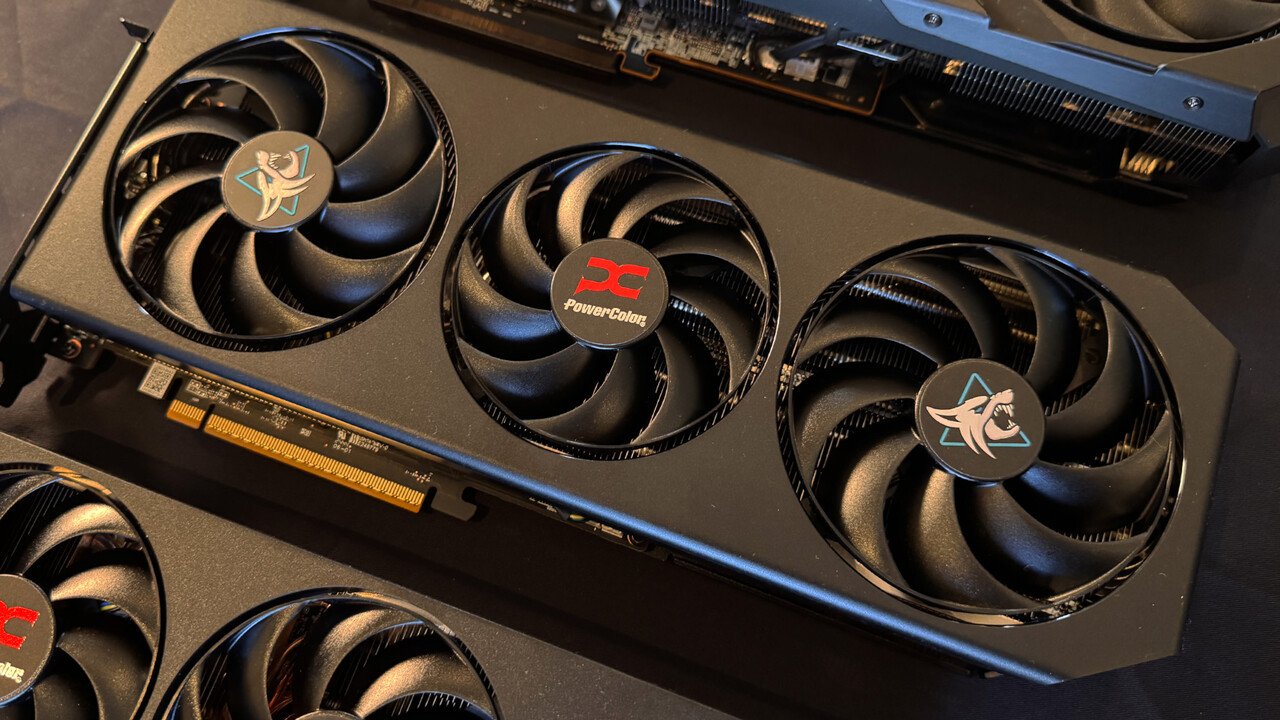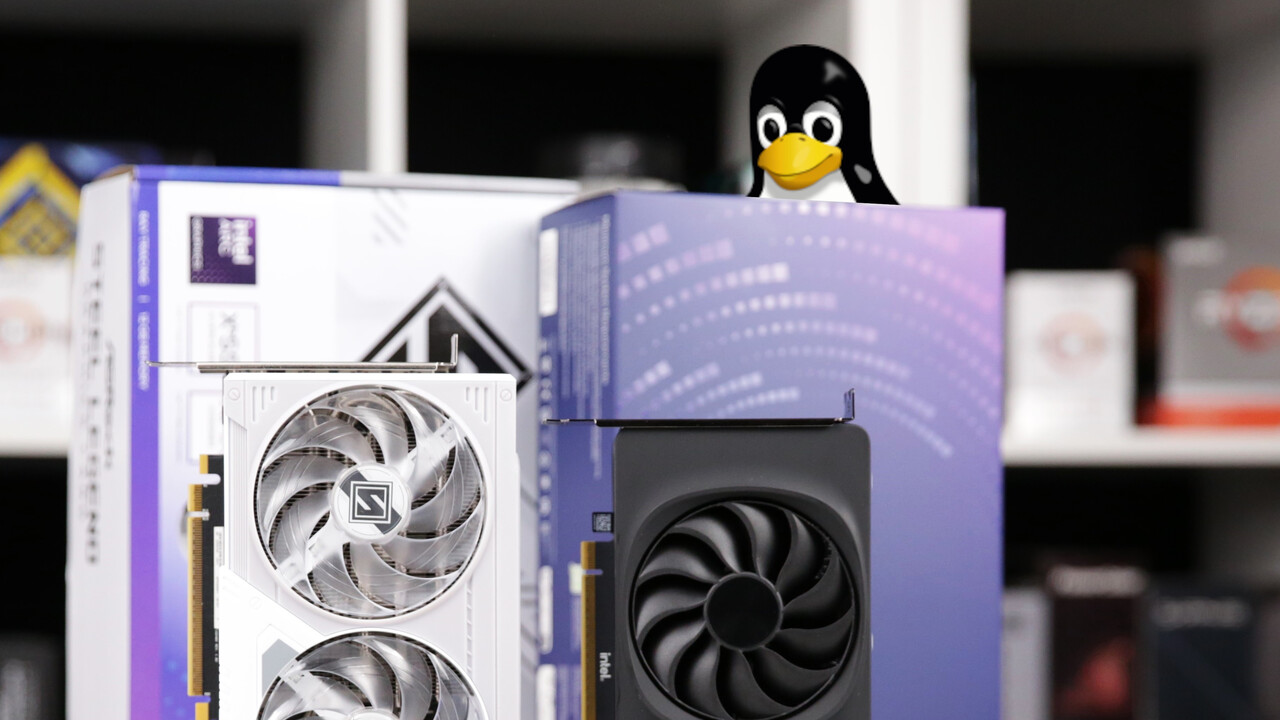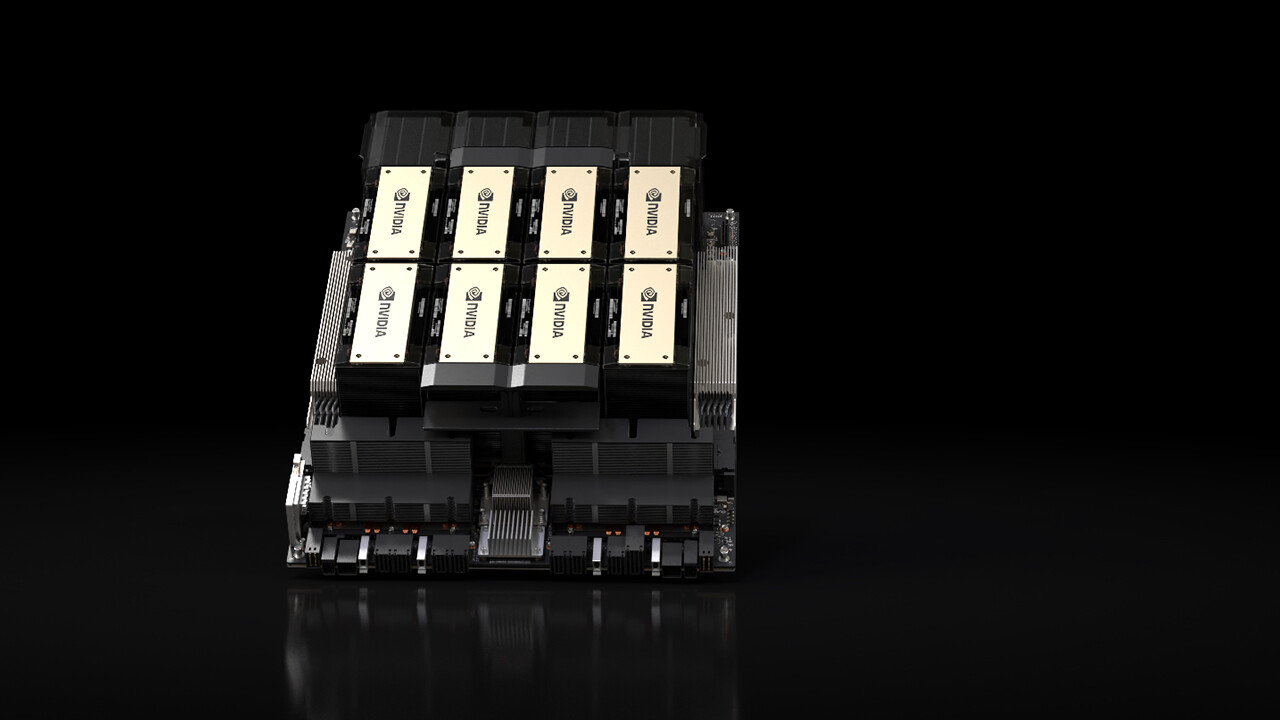AMD Radeon RX 9070 (XT): Frank Azor promises an RDNA 4 event and attractive prices 70 comments

Image: KitGuru
AMD talked about RDNA 4 and the Radeon RX 9070 XT and RX 9070 at CES, but a full announcement will follow, as CMO Frank Azor made clear in an interview. The price and performance of new graphics cards are also an issue, but Azor remains extremely vague.
RDNA 4 and Radeon RX 9000 will have their own event
During its own CES presentation, AMD primarily covered the hot topic of the moment with a heavy emphasis on AI; the new RDNA 4 GPU architecture was only mentioned in passing. The information about the Radeon RX 9000 shared with the press ahead of the show was a bit more detailed, but a full presentation of the two new gaming graphics cards, Radeon RX 9070 XT and RX 9070, is still pending. AMD Marketing Director Frank Azor now clarifies in an interview that such a presentation will still take place at a separate event. The Spanish wording was written by El Chapuzas Informatico, which was first noticed by VideoCardz.
Azor reiterates AMD’s previous statement that it shortened the CES presentation due to a tight deadline for new graphics cards. Even if an announcement had been made, there would have been little concrete information, Azor says, and there would have been no room for performance data, specifications or pricing. It is also likely that AMD initially wanted to wait for Nvidia, especially regarding pricing.
What are we really supposed to announce here? For RDNA2 and RDNA3, we each hosted a dedicated event to showcase the architecture, performance improvements, and more. You can’t cover that in five minutes. If we had done that, everyone would have been disappointed. That’s why we decided to present the new cards in a separate event where they can receive the attention they deserve.
Frank Azor, automatically translated via El Chapuzas Informatico
However, it is not known when this event will take place. So far, AMD hasn’t invited anyone to any other presentations; Rumors speak of a market launch in January for the Radeon RX 9070 XT and RX 9070. However, an event that has not yet been announced makes this date seem very close.
Upper middle class using the Radeon RX 7800 XT as an example
Regarding the Radeon RX 9070 XT and RX 9070, Azor explains that these will be competitive graphics cards that all gamers should benefit from. The price level classification also remains superficial. The RX 9070 XT will cost neither $300 nor $1,000, but somewhere in between. Azor reiterates that AMD’s goal with RDNA 4 is above all to offer products that offer convincing value for money.
We are going to introduce a very competitive product. Everyone will benefit from this launch – it’s worth the wait.
When we announce RDNA4, there will be a powerful card – but it won’t cost $300 or $1,000. We think people will see it as a very good value product, similar to the RX 7800 XT and RX 7900 GRE.
Frank Azor, automatically translated via El Chapuzas Informatico
In this context, the Radeon RX 7800 XT (test) and the strange Radeon RX 7900 GRE (test) are used as examples. This is explicitly not an absolute classification of performance or price levels; The statement is a bit confusing, but nonetheless. On the one hand, it should not be assumed that new graphics cards will stagnate at the FPS/Euro level of their predecessors. In this regard, Azor can probably be understood to mean that the Radeon RX 9070
On the other hand, the constellation of the two RDNA 3 graphics cards themselves also raises eyebrows: while the Radeon RX 7800 XT was and is known for its particularly good price/FPS ratio, the situation with the GRE seems significantly worse. The declaration leaves a lot of room for maneuver in two respects.
There will be no high-end GPU with RDNA 4
Azor is clearer when it comes to high-end graphics cards, however. Unlike the last two generations of Radeon, namely RDNA 2 or RX 6000 and RDNA 3 or RX 7000, with RDNA 4 there will be no graphics card costing more than 1,000 US dollars and therefore in the sphere of a GeForce RTX 5080 or RTX 5090. One reason, according to Azor, is the high development costs of high-end chips, which must be subsidized by higher prices for mid-range chips. GPU.
Over the last two generations (RDNA2 and RDNA3), we have developed $1,000 graphics cards. Developing a complete portfolio requires three to four chips, which is extremely resource intensive. Mid-range chips are becoming more and more expensive as they cover the development costs of high-end models. Even though many users demand everything the competition offers for over $1,000, that’s not our advantage.
Frank Azor, automatically translated via El Chapuzas Informatico
In this regard, Azor sticks to the position expressed at the end of 2024: high-end graphics cards are still not a problem for AMD in the medium term – that is, with this generation and therefore for probably two years .
AMD Radeon RX 9000 – RX 9070 XT Specifications RX 9070 RDNA Architecture 4 GPU Navi 48 TSMC N4 Transistor Manufacturing? Die size ~ 390 mm²* CU 64* 56* ALU FP32 4096/8 192* 3584/7168* Cores RT 64, 3rd generation* 56, 3rd generation* Game clock? Boost clock FP32 performance FP16 performance Texture units 256* 224* ROPs? L2 cache? 64 MB L3 cache* 16 GB GDDR6 memory – 20 Gbit/s throughput* – 256-bit interface – 640 GB/s bandwidth* AMD Radiance video engine (2nd generation) Connection via PCIe 4.0 × 16 slot* TDP ~ 260 Watt*? *not officially confirmed Topics: AMD graphics cards AMD RDNA CES 2025 FSR Navi Radeon RDNA 4 RX 9070 RX 9070 XT Source: AMD, Michael Quesada, El Chapuzas Informatico

An engineer by training, Alexandre shares his knowledge on GPU performance for gaming and creation.


